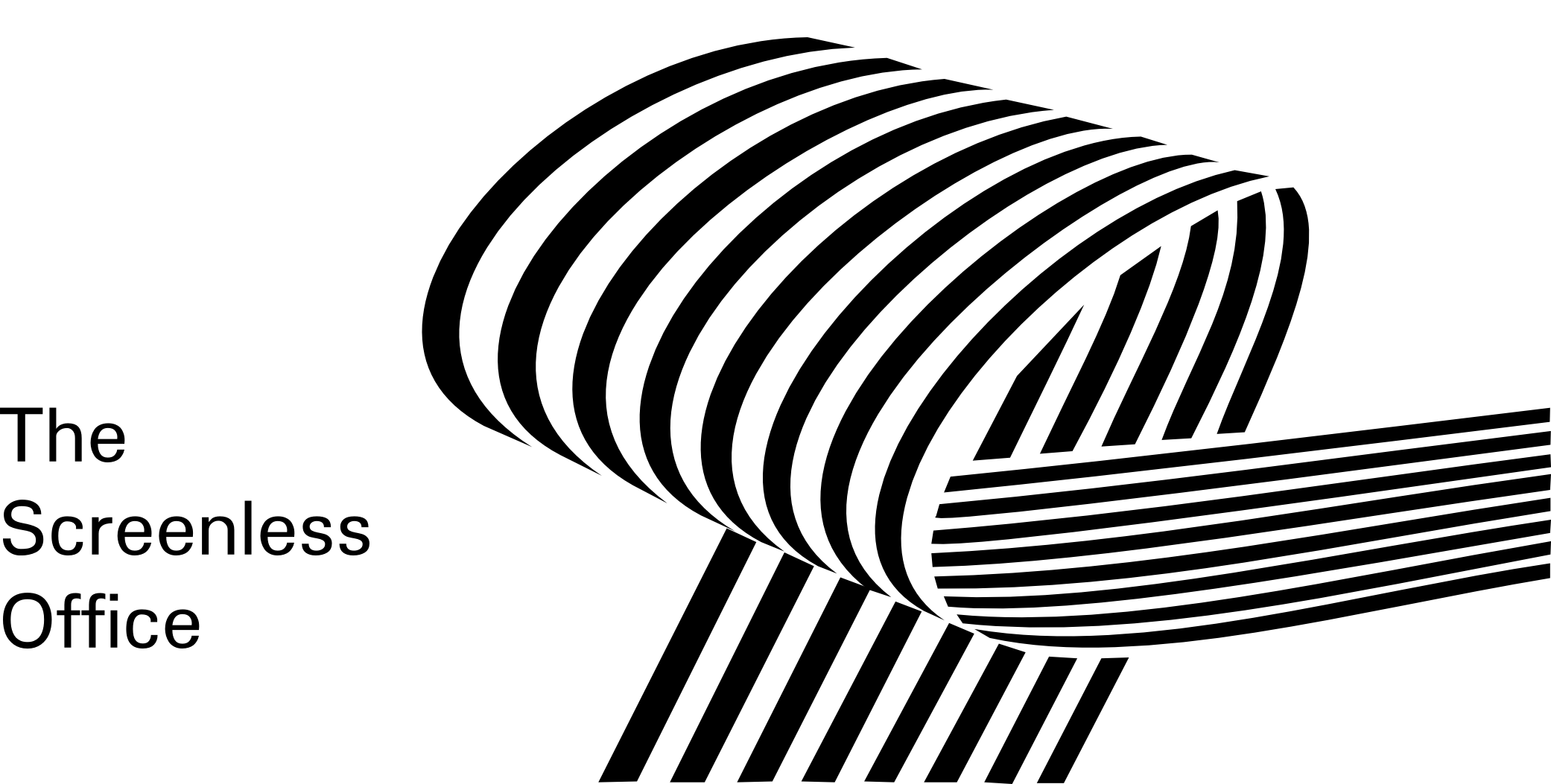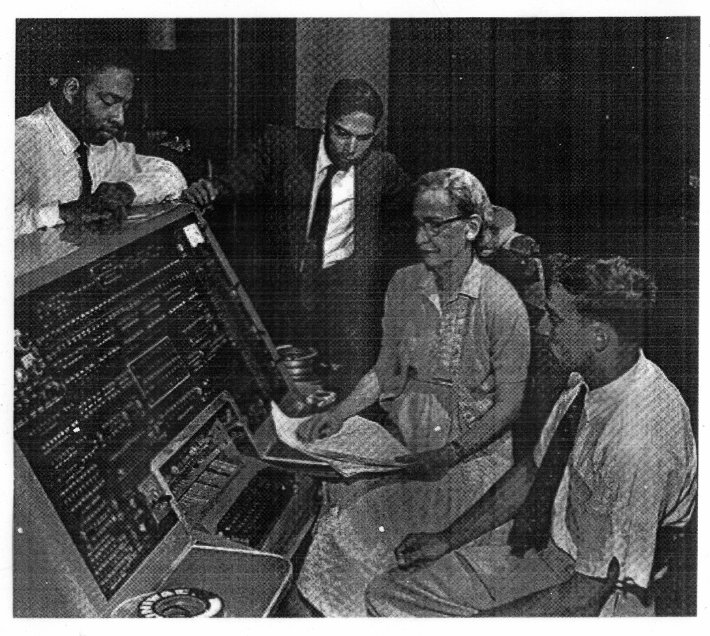
Current interface culture is dominated by a few large corporatate players: google/Alphabet, Apple, Microsoft. For many of us who spend countless hours working, socializing and amusing ourselves while using technical media, these powerful players have a huge influence on our experience of everyday life. Our perception of the world around us and how we see ourselves in, it is mediated by the decisions of a few privileged managers, programmers and designers, mostly male and white on the west coast of the United States. To suggest any other way of living in a networked society is to risk being percieved as blasphemous, uncool, out-of-touch, escapist or simply absurd. These interfaces have become so embedded in our conception of reality that we now have a crisis of the imagination, where it is difficult to even think of anything different.

Human Interface Guidlines (HIG), Material Design, User Interface Standards: terms for these standardized official forms of screen-based presentation, are all based on the old modernist idea that it is possible and indeed commendable to try to design in a way that is universal. While this principle has roots in a socialist idea of creating products for everyone, it is easily coopted by large companies that want to centralize control and leverage monopoly power. We can admit that some of these systems are visually quite attractive and indeed helpful in dealing with complexity, but we feel it is time to make a plea for a diversity of perspectives and situations. We believe that it is imperitive to try to create interfaces that might reflect various aspects of social identity and personality: gender, sexuality, race, class, subcultures. We want to work towards an interface culture for diverse, utterly unique people who all have correspondingly various needs and desires such that they might some day have interfaces that reflect their situation. We cannot build all of these systems but we hope to make a case that maybe they should exist.